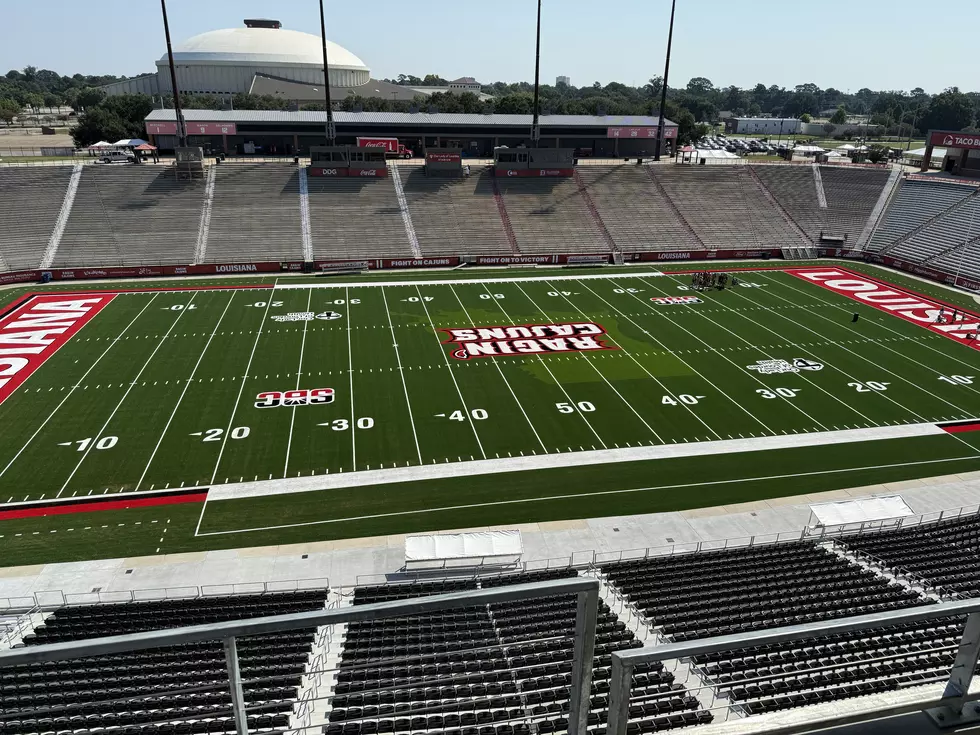The Game Has Changed: College Athlete Pay Revolution Hits Louisiana

The long-awaited era of directly paying college athletes has officially arrived, and it’s set to fundamentally reshape the world of college sports. Following a historic settlement, universities can now share up to $20.5 million in revenue with their student-athletes, and Louisiana is already on board. For Ragin’ Cajuns fans and local athletes, this means a brand new playbook for how the game is played, on and off the field.
A New Way to Play in Louisiana
The University of Louisiana’s athletic department has embraced this new financial landscape by launching the “Cajuns Edge Fund.” Operated through the Ragin’ Cajuns Athletic Foundation, this fund allows fans, businesses, and donors to contribute directly to the revenue-sharing pool. This streamlined approach offers a historic departure from the previous system, where separate collectives were needed to manage athlete payments.
Under the new model, schools like Louisiana can now offer more scholarships in football (up to 105, up from 85), baseball (34), and softball (25). This is in addition to the direct revenue payments and third-party NIL deals, giving the university more tools to recruit and retain top talent.
The Financial Reality
While the change is monumental, it’s not a level playing field. Power 4 conferences—with billions in revenue—are paying top quarterbacks over $2 million a year and top offensive tackles more than $800,000. Non-Power conference schools like Louisiana will have a significantly smaller revenue-sharing pool, meaning their athletes will likely earn a fraction of what players at major programs do.
Despite this gap, the University of Louisiana is committed to its approach, having already partnered with over 30 athletes on various NIL initiatives and establishing a comprehensive infrastructure to facilitate new partnerships with local businesses.
The Challenges Ahead
This new system is not without its hurdles. The possibility of college athletes being considered employees could lead to major changes, including the potential for unionization and the need for renewable annual contracts. This also raises complex questions about Title IX compliance, as universities may try to justify paying athletes in revenue-generating sports more than those in non-revenue sports. The financial strain could even lead to cuts in Olympic sports like swimming, gymnastics, and track and field.
Still, the University of Louisiana is optimistic. By positioning itself as a leader in this new era, the athletic department aims to boost fan engagement, increase attendance, and provide its student-athletes with the opportunity to benefit from this historic transformation in college sports.

